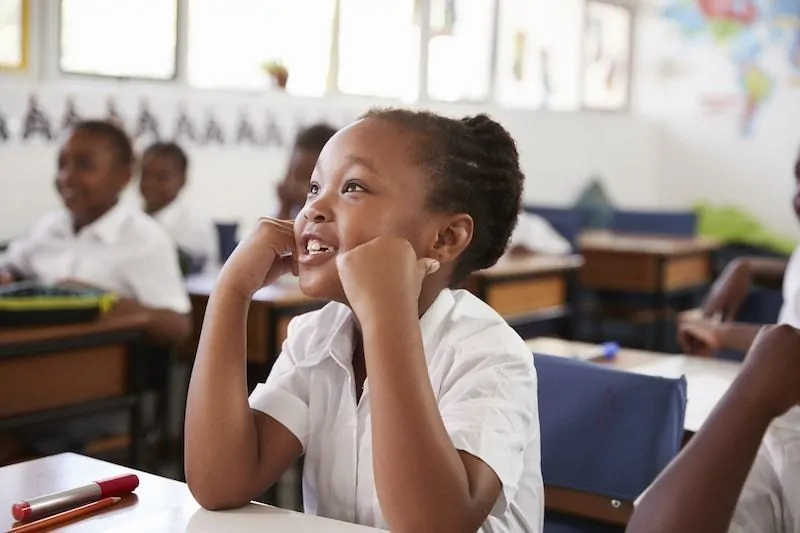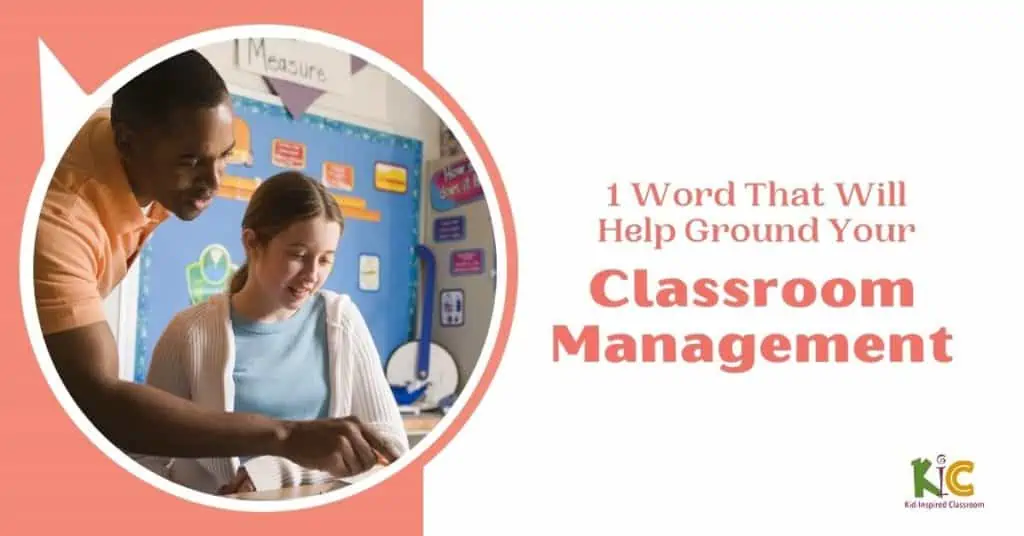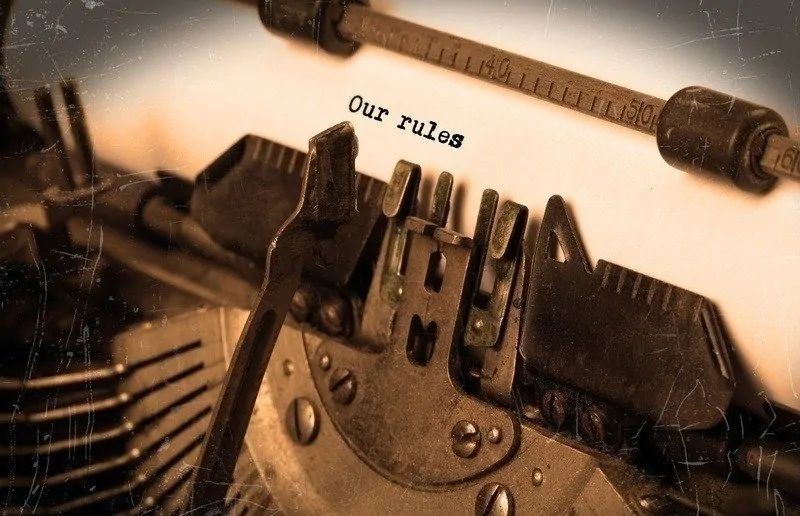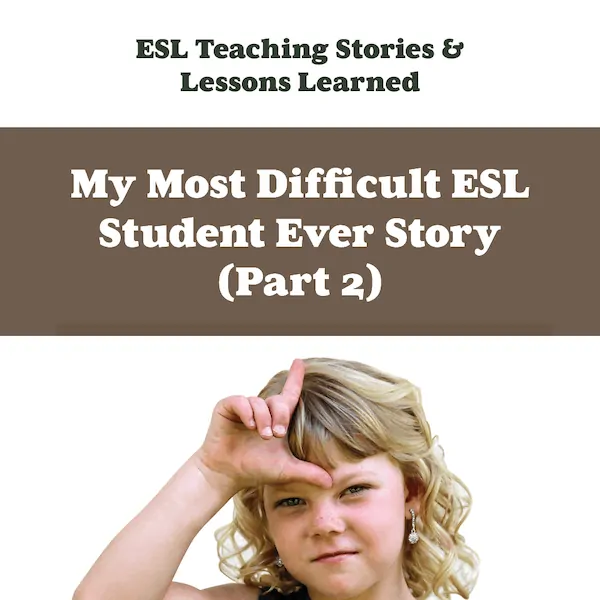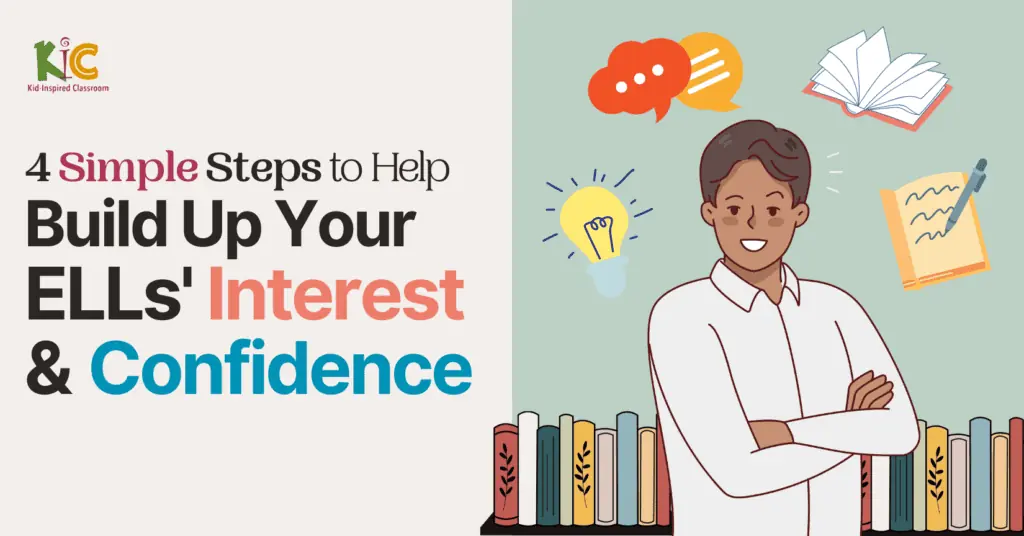I hesitate to use the word ‘bad’ when describing students, as do most teachers.
We try to avoid labeling them. They are only children after all. They still have time to change, time to grow. We want to hold out hope that even our most difficult students will get themselves turned around.
We don’t want to pigeon hole a child because that child may come to believe what is said about them. They may come to believe that there is no point in trying to change, after all, because that is just the way they are.
What our students think we believe about them is a powerful factor in their self-perception. That is why we try so hard to convey to our students that we believe in them, even when the chips are down and even when we are frustrated and tired.
That is the goal, but reality often proves more difficult. As a teacher, of course, we believe in every student; as a human, though, it is incredibly difficult to believe in a student who drives you crazy and ruins your classes.
I’m sure we all have one: a story about the most challenging student I ever taught.
My story started in a class of ELL beginners and starred a little girl named Melody.
She was a cute little girl about five years old with a big smile and long, shiny black hair that she liked to put in her mouth or drape over her face like a child out of a horror flick.
She wanted to be the center of attention at all times, so if I wasn’t right next to her, she would interrupt, pester, steal, yell, poke, kick, climb under the table and/or make faces at the students around her.
If I was next to her, she would go comatose.
She had discovered the official class-derailing combination. I couldn’t leave her alone and I couldn’t be next to her all the time.
She didn’t care about consequences, or at least tried not to let on that she cared about consequences. If I took points away, she acted out more. Giving her more writing backfired. She couldn’t finish the minimal amount of in-class writing to begin with, often scribbling all over her paper, so if I gave her extra writing, she would treat the extra assignment to the same fate as her other in-class assignments.
I tried praising her.
She loved to be praised, but she did little to warrant it, and without repeated, constant praise, she would get frustrated and give up.
For instance, if I praised her for writing the first letter of a sentence on her page—which for her was a big step—she would want to be praised for every letter that she wrote on her page.
If I wasn’t right there to praise each letter, she would get annoyed, come over and try shoving the paper in my face or give up and go back to poking the student next to her in the ear.
It was a difficult year, but she did get better, and by the end of the year, she had learned a lot more than I would have imagined.
And so did I.
Click below to continue reading the story about what I learned.
